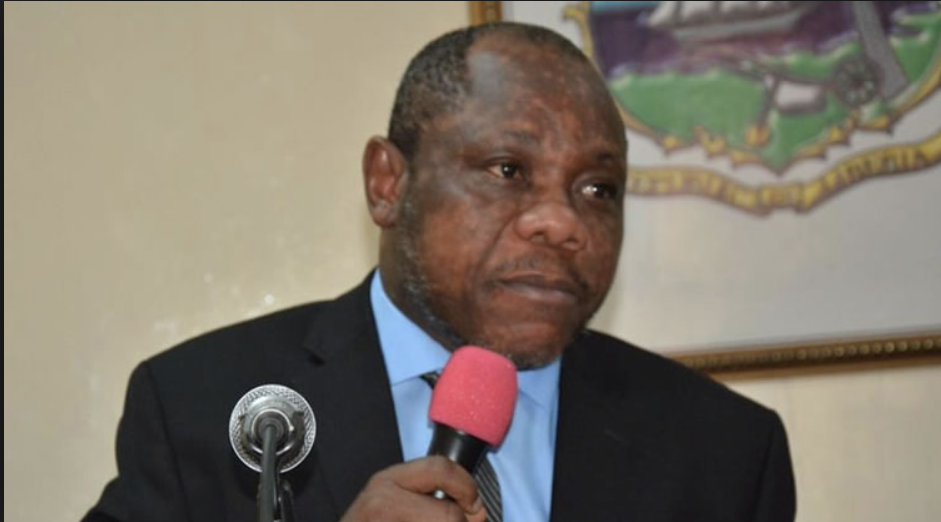
The Government of Liberia (GoL) through the Ministry of Finance and Development Planning has launched a new automated payroll system for salaries payment across all central government entities beginning FY19/20, a LINA report on August 18 in Monrovia has said.
The new payroll system, which was commissioned late July 2019, is part of the on-going wage reforms and harmonization initiated at the beginning of April 2019.
Under the new system, salary payments for more than 66,000 government employees for July and August 2019 are now been processed by the MFDP& CSA in consultation with the spending entities.
Under the On-going Wage Harmonization, the interagency wage harmonization committee of the Civil Service Agency and Ministry of Finance and Development Planning successfully harmonized salaries more than 65,000 employees; determining and assigning pay grade to every position across the central government entities.

As a result of the harmonization, more than 85% of the civil servant salaries were protected from downward adjustment, while about 22.5% or 15000 employees, mainly within the security and education sectors, received immediate upward adjustment in their monthly salaries beginning the month of July 2019.
Under the harmonized salary structure, every employee of the central government will now only be entitled a single or new collapsed pay, breaking away from the past system where civil servants received various forms of allowances in addition to their basic salary.
Breakaway from the old system of assignment allowances was necessary to reduce the disparities in the wage bill while also reducing the growth in the size and cost of the wage bill.
The discretionary power under the use of allowance empowered heads of spending entities to increase employment outside of the regulation and guidelines of Civil Service Agency, while also instituting non-merit based promotions.

The overall impact of these discretions increased the payroll from US$30 million in FY2005/2006 to about US$327million for FY18/19, representing payment for more than 70,000 central government employees, including the Legislative and Judiciary branches of government.
Through the Wage Harmonization, the central government wage bill is estimated to reduce from US$327million at end of FY18/19 to US$306million for FY19/20.
As part of the wage reform, the Interagency Wage Technical Committee is also working with the Internal Audit Agency and the National Identification Registry to robustly tackle and remove ghost workers from the payrolls of spending entities and create the needed fiscal space to institute pay increment for employees who are currently earning below their assessed pay grade.
Using the IAA reports, the team has for now identified and tagged about 400 potential ghost employees on the various payrolls whose pay will be held until they are fully and independently verified.
These potential ghost employees will be permanently removed from the automated payroll by end of September 2019 if they are not validated or authenticated.
Further validation of employees on the current automated system will be done through verification of the national identification numbers of each employee, which was submitted by their personnel directors.
Employees with faked NIR numbers will have their pay suspended until they provide authenticated NIR number or biometric identity. Similarly, beginning October 2019, salary payments will be suspended for employees without valid NIR numbers.
Under the new automated payroll system, spending entities will be given all HR functions; including hiring, promotions, suspension, pay deductions, among other functions.
However, these actions once performed by the spending entities on the automated payroll system will have to be approved by the Civil Service Agency (CSA) where applicable and the Ministry of Finance and Development Planning, especially for hiring and promotions.
The new automated payroll system is web-based and can be accessed at any point in time by the users, the spending entities, CSA, and MFDP once there is Internet connectivity.
